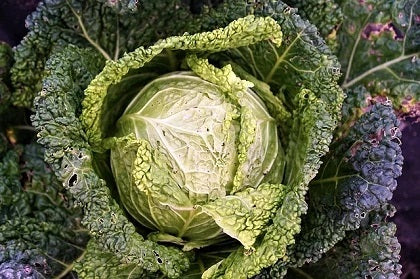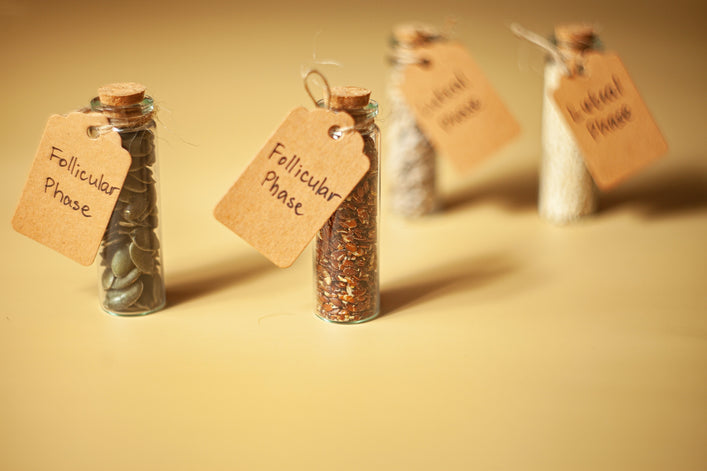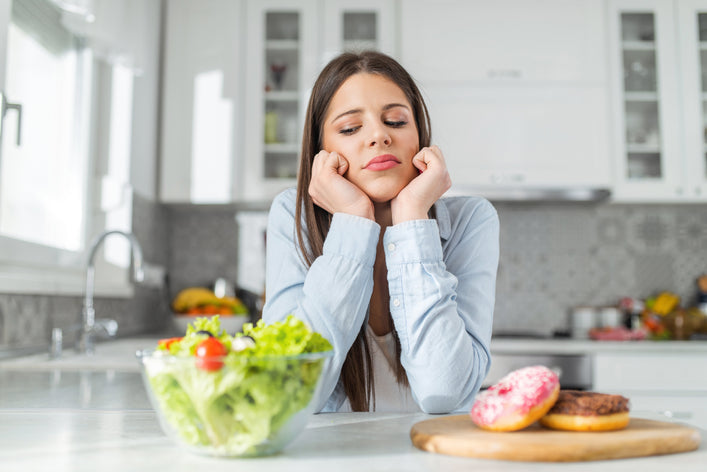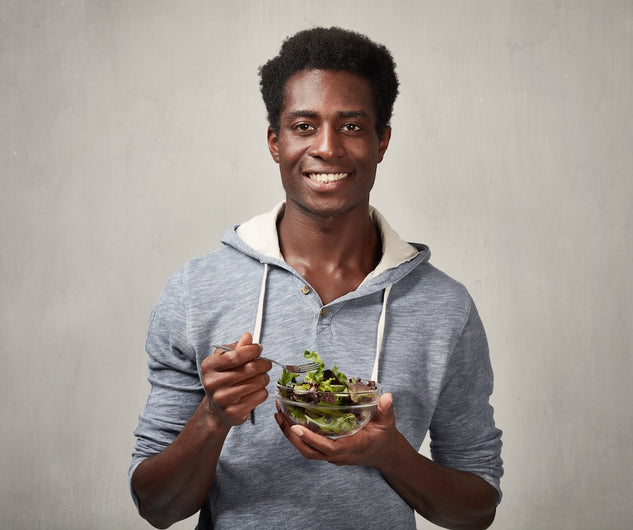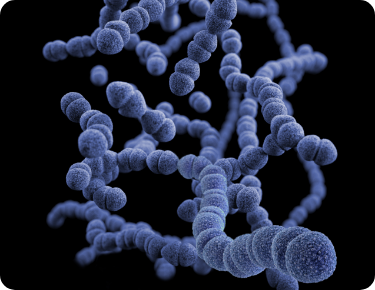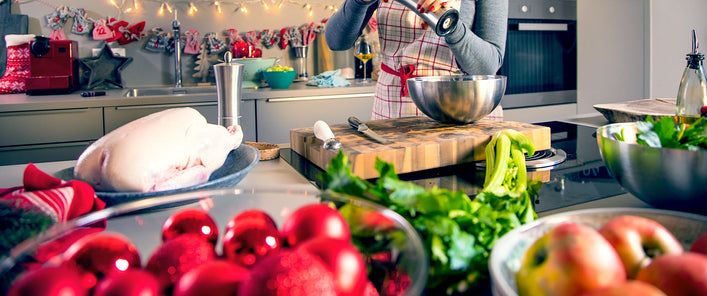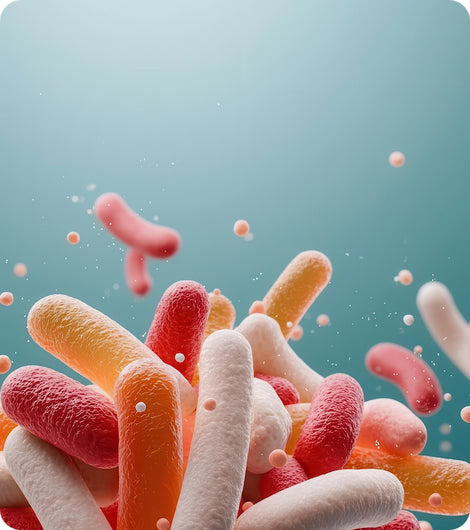Oh Little Town of Bacterium
Just ten days to Christmas Eve, a night on which Polish families celebrate “Wigilia” (vigil) with a meatless supper of 12 courses, one for each month of the year.
It’s a meal that often features sauerkraut, a delicious and healthy fermented foodstuff that’s actually dead-easy to brew up at home.
The good news?
If you make a batch now it ought to be ready for your own Christmas celebrations, a perfect present for your about-to-be overwhelmed microbiome.
The even better news?
There’s a recipe below.
But first, a soupçon of sauerkraut history and biology (yup, it’s loaded with yummy bacteria).
Sauerkraut is German for sour cabbage, so it’s not surprising that many think of it as a German invention.
In fact, laborers building the Great Wall of China 2,000 years ago commonly ate shredded cabbage fermented in rice wine, and the Roman writer Cato the Elder wrote of preserving cabbage with salt in his book De Agri Cultura in around 160 BC.
It was the use of salt rather than wine which caught on, which is how the sauerkraut which accompanied Captain James Cook’s crews on their voyages in the 18th century was made.
Their fermented cabbage made for great maritime rations as it needed no refrigeration and helped prevent scurvy.
Sauerkraut popped up in the history books again in World War I when American manufacturers worried that the slightest whiff of affiliation to Germany would be catastrophic for sales, so for the duration of the war, they slyly renamed it Liberty Cabbage.
Sauerkraut is formed in a three-part lactic acid fermentation, each stage involving bacteria.
First the anaerobic (oxygen-hating) bacteria Klebsiella and Enterobacter begin creating an acidic environment that favors subsequent fermentation.
Then, when conditions have become more acidic, Leuconostoc takes over.
Finally, Lactobacillus gets to work fermenting any remaining sugar.
Now although this may sound complicated, all you have to do in fact is sit around while nature does its work.
And the delicious results are great for your gut.
Sauerkraut is loaded with vitamins C, B, and K.
It’s low in calories, high in magnesium and calcium, and a great source of dietary fiber.
What’s more, the homemade kind, if uncooked, contains live Lactobacillus – probiotics which tend to improve digestion and promote the growth of healthy gut flora.
Sounds good, doesn’t it?
Here’s a quick summary sauerkraut recipe, courtesy of The Kitchn (please see below for a link to their comprehensive instructions).
Ingredients:
- One medium-sized cabbage (about 3 pounds)
- 1.5 tablespoons salt
Equipment:
- One large glass jar – e.g. a two-quart (about 2 liters) Mason jar
- One small jar that fits in the mouth of the larger one – e.g. a jelly (jam) jar
- Clean marbles, stones or other weights to go in the small jar
Instructions:
- Discard the cabbage’s outer leaves, then slice it into very thin shreds.
- Place the cabbage in a mixing bowl and sprinkle it with the salt, working salt and cabbage together with your (clean, please) hands for between 5 and 10 minutes.
- Pack the cabbage into the jar as tightly as possible, making sure the cabbage is submerged under the brine your handiwork with the salt will have produced.
- Weigh down the cabbage and its brine using the smaller jar full of marbles/stones.
- Cover the jar with a cloth, secured with twine or a rubber band.
- Over the next 24 hours, press down the cabbage with the smaller jar from time time.
- Ferment the cabbage for 3 to 10 days at cool room temperature (65°F to 75°F) avoiding direct sunlight. You may see bubbles in the cabbage, or foam or white scum on the top. This is fine. They’re simply signs that fermentation is taking place. Scoop off the scum if you like.
- Start tasting after three days. When it seems good to you, remove the weight, screw on the top, and refrigerate. You can store sauerkraut for several months.
That’s it. You’ve made your own sauerkraut.
Many of us will subject our tummies to an almighty onslaught over the holidays.
The least you can do?
Give your gut the gift of a scrumptious serving of brassica–based bacteria.
Have a great week!
